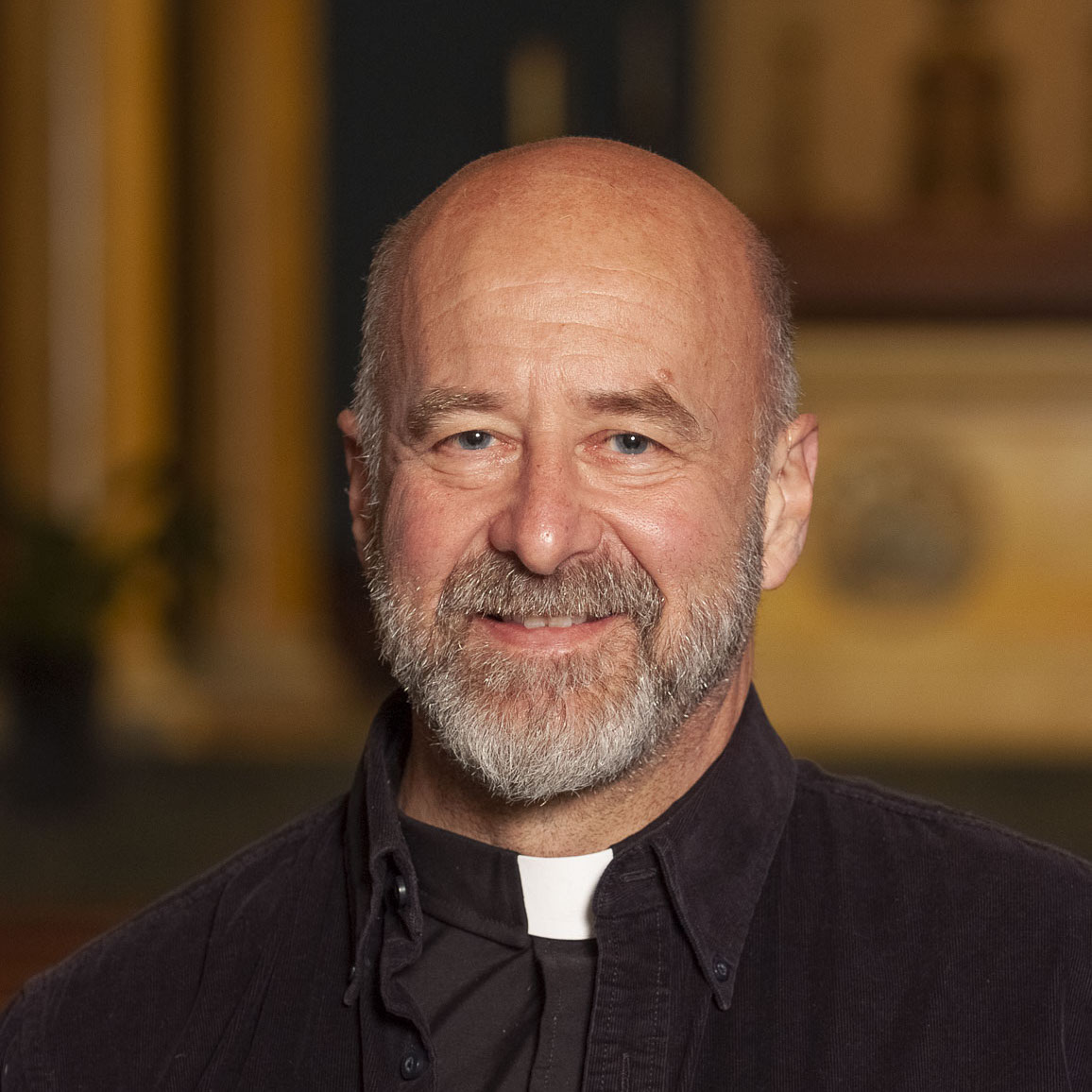As the story goes, Mother Teresa was offered a million dollars by a Catholic with deep pockets, and Mother took the check, gave him a hug, and said she’d be able to open five new orphanages.
The millionaire drew back, cleared his throat, and said, “That sounds real fine Mother Teresa, but you don’t seem to understand. If you invested that million dollars you’d have regular income that would pay for the running costs of all your orphanages AND you’d still have the million dollars!”
She smiled and said, “No. You don’t understand. You see, if I spend the million dollars to build five new orphanages, then another millionaire will come along and give us two million dollars.”
Orthodox. Faithful. Free.
Sign up to get Crisis articles delivered to your inbox daily
This saintly quality of standing conventional wisdom on its head has always thrilled me. I grew up with stories of miracles told by missionaries, wondrous answers to prayer, preachers who sang in prison, and feisty ladies like Mother Teresa who changed the world with not much more than hard work, hours of prayer, and a certain Christ-like cunning that pulled the rug out from millionaires and pulled the plug out of secular power systems.
If I could choose one criticism above all others of the ecclesiastical establishment it would be this: the hierarchs are enslaved by a secular system and a salvation-by-works mentality. By referring to the “ecclesiastical establishment,” I am not singling out Catholics, but pointing a finger at all those poor souls who lead our churches while unthinkingly serving mammon rather than their Master.
“Mammon” is not just money. It is a whole way of looking at the world that cannot see beyond business plans, balance sheets, and newspaper headlines. The church leaders are too often held hostage by a materialistic and utilitarian understanding of the Church—as if were were just another 501(c)(3) government-approved charity, such as the Girl Scouts, the Rotary Club, or the United Way.
As such, the ecclesiastical structures are dominated not by Their Eminences, but by éminences grises—grey-suited men like Mother Teresa’s millionaire, who are laden with financial sense but no faith sense. The secular triumvirate that dominates our whole society also dominates the Church. That unelected triumvirate are the lawyers, the financial advisors, and the public relations experts. Deadly afraid of being sued, losing the Church’s assets, and losing face, the members of the hierarchy make cowardly decisions that have little do with the Faith and everything to do with protecting assets and asses.
When his persecutors demanded that Saint Lawrence hand over the wealth of the Church, he famously pointed to the poor people of Rome, declaring they were the wealth of the Church. Church leaders today, however, sacrifice their people to protect their possessions. So decisions are made time and again that actually hinder the Church’s mission and not only restrict her ministers but too often throw them under the bus in order to “protect the Church.” Let’s not deceive ourselves. The programs are not designed to protect our children, to protect the bishop, or protect the Church. They are designed to protect the insurance company.
Time and again, decisions are taken from a purely secular point of view. Great fundraising initiatives with lofty ambitions but vague objectives are initiated. Dioceses hire companies that take their percentage and come in with glossy brochures, paid fundraisers, slick videos, and costly mailings.
Is this the way the saints operate? I don’t think so. Instead, a faith project begins with one person who sees the need, rolls up his or her sleeves, and gets to work. As the work is done, the funds roll in and the ministry expands. The witness to the world is clear, the Lord’s work is accomplished, and the faith of the people is strengthened—and all at a fraction of the cost in terms of the money and manpower that the big secular systems would employ.
This kind of faith project exemplifies the Catholic principle of subsidiarity—that problems should be solved and initiatives taken at the lowest local level possible. This kind of grass roots project gets the job done without high-level interference and costly experts. This kind of faith project includes an element of risk and always has, from that thrilling moment when Saint Peter first stepped out of the boat to walk on the waves. It is the instinct of the financial advisors, the insurance executives, and the public relations gurus, however, to avoid all risk at all times and quash any initiative that involves a whiff of risk.
I am the priest in a small parish in a part of town that is economically and socially challenged. We don’t have historic endowments, investments, or high rent property. Some time ago in a meeting of our finance council, the members were biting their nails over what looked like a grim financial forecast. I chuckled and said, “Folks, we’re actually in a terrific situation, because if we don’t have enough money we can all learn what it means to live by faith and see how the Lord provides. No need to worry. We’ll live within our means and you’ll see. If we are faithful, we will always have enough.”
When a church or a family, a school, a diocese or a religious order lives this way, they see abundant blessings. Their finances are fluid even if they are living hand to mouth. They see an increase in vocations. The faith comes alive in the hearts and homes of their people. The gospel is proclaimed in word and works, and all because they have heeded the gospel and learned to trust in God, not mammon.
